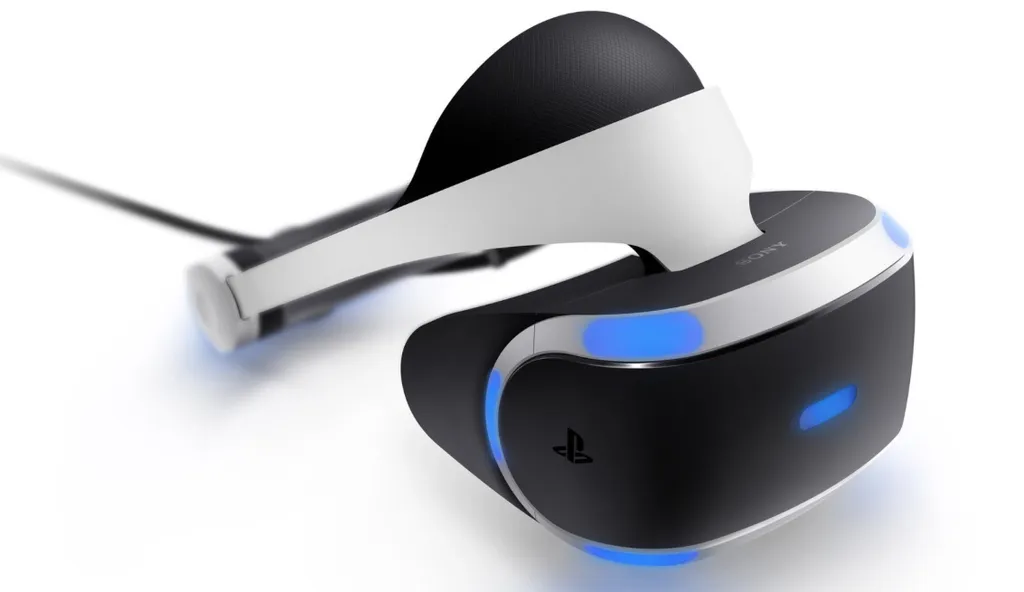Sony became the first of the three high-end VR headset makers to reveal official sales stats this weekend when it announced PlayStation VR (PSVR) had sold 915,000 units. How does Vive headset maker HTC take that news?
“I think it’s a very healthy sign,” Alvin Graylin, President of Vive in China told UploadVR at the 2017 Mobile World Congress today. “I mean at the end of the day, the more VR experiences out there, the more users that are using VR the faster this industry is going to grow. So we’re really happy for Sony, we think they’ve done a really good job.”
In terms of HTC’s work with the Vive, Graylin declined to provide official sales stats but did state the company was “very proud” of the numbers the headset had sold thus far. “We’re comfortable with where we are and the numbers that are going out there and showing people are paying real dollars for high quality VR,” he said.
Asked how HTC might convince PSVR users to come over to the PC-based VR headset, Graylin said trying to do so “doesn’t really make sense” for the company as PSVR owners are “a different class of users” and not the company’s “target audience.”
“I think for PlayStation it makes sense for them to target their existing PlayStation install base,” he said, later adding: “We’re going to attract the best users for our best content for the best experience. As all the awards are showing, we are the leader out there and when developers choose, they choose us. When users choose and they go for where the best experience is they choose us.”
Though PSVR and Vive are both considered high-end systems, there is a lot of difference between the two. The $399 PSVR uses a single camera for positional tracking, running on PS4s that start at $250. Vive, meanwhile, uses two-sensor system for room scale VR, which isn’t possible on PSVR, and includes position-tracked controls, but costs $799 and runs on more expensive PCs.


























